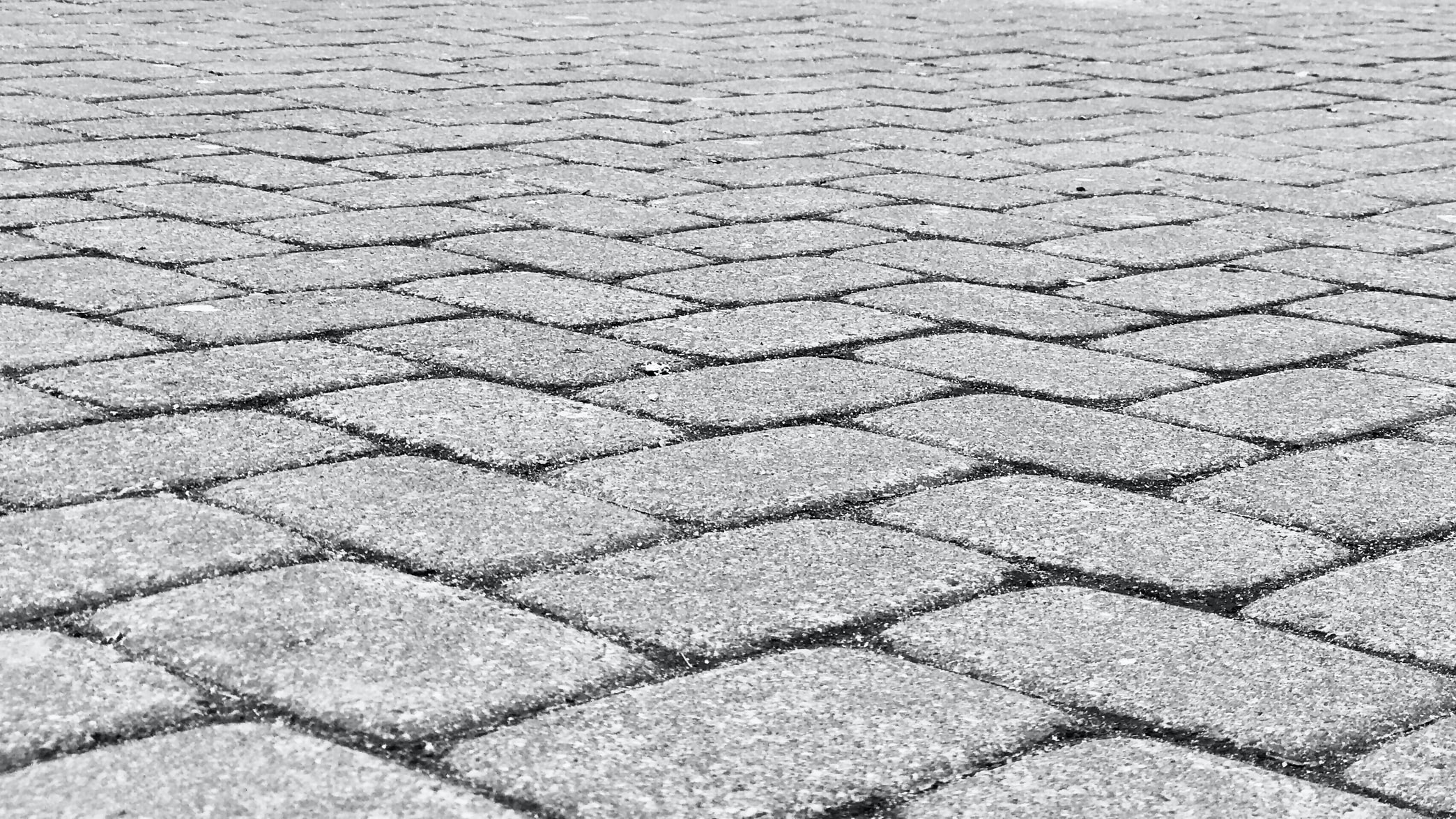Countering climate change with cool pavements
25. 8. 2021 | MIT | www.mit.edu
Pavements are an abundant urban surface, covering around 40 percent of American cities. But in addition to carrying traffic, they can also emit heat. Due to what’s called the urban heat island effect, densely built, impermeable surfaces like pavements can absorb solar radiation and warm up their surroundings by re-emitting that radiation as heat.
This phenomenon poses a serious threat to cities. It increases air temperatures by up as much as 7 degrees Fahrenheit and contributes to health and environmental risks — risks that climate change will magnify. In response, researchers at the MIT Concrete Sustainability Hub (MIT CSHub) are studying how a surface that ordinarily heightens urban heat islands can instead lessen their intensity. Their research focuses on “cool pavements,” which reflect more solar radiation and emit less heat than conventional paving surfaces.

A recent study by a team of current and former MIT CSHub researchers in the journal of Environmental Science and Technology outlines cool pavements and their implementation. The study found that they could lower air temperatures in Boston and Phoenix by up to 1.7 degrees Celsius (3 F) and 2.1 C (3.7 F), respectively. They would also reduce greenhouse gas emissions, cutting total emissions by up to 3 percent in Boston and 6 percent in Phoenix. Achieving these savings, however, requires that cool pavement strategies be selected according to the climate, traffic, and building configurations of each neighborhood.
Read more at MIT
Image Credit: Unsplash
-jk-




